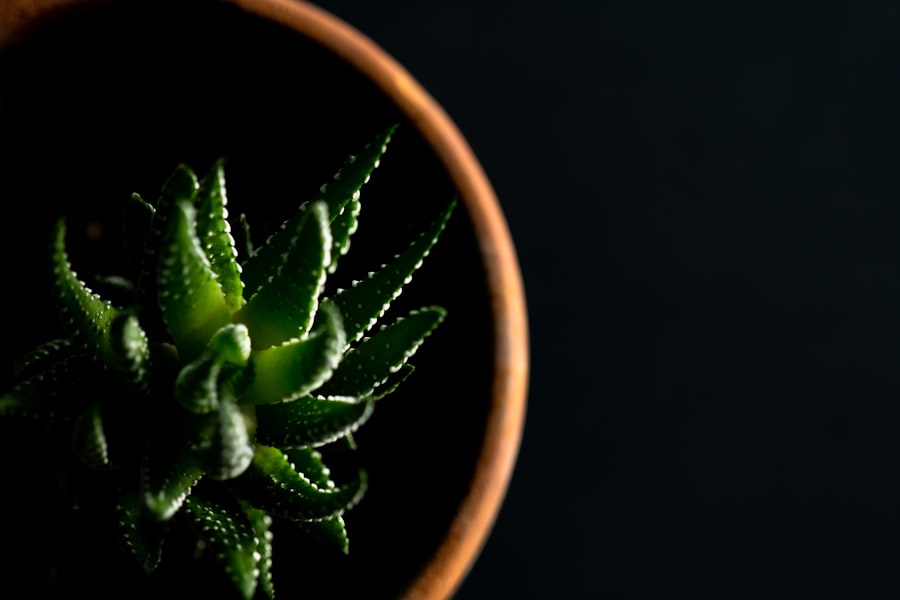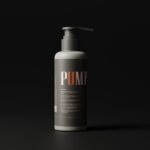Bikini laser hair removal is a popular cosmetic procedure that offers a long-term solution for unwanted hair in the bikini area. This method utilizes concentrated beams of light to target and destroy hair follicles, effectively reducing hair growth over time. Unlike traditional hair removal methods such as shaving or waxing, which can be time-consuming and often lead to skin irritation, laser hair removal provides a more efficient and lasting alternative.
As you consider this option, it’s essential to understand how the process works and what to expect during your treatment. The procedure is typically performed in a series of sessions, as hair grows in cycles, and not all hair is in the same growth phase at any given time. During your initial consultation, a trained technician will assess your skin type and hair color to determine the most effective treatment plan tailored to your needs.
The laser targets the pigment in the hair, making it most effective for individuals with light skin and dark hair. However, advancements in technology have made it possible for people with various skin tones and hair colors to benefit from this treatment. Understanding these nuances will help you make an informed decision about whether bikini laser hair removal is right for you.
Key Takeaways
- Bikini laser hair removal targets hair in the bikini area using concentrated beams of light to destroy hair follicles.
- Before the treatment, it is important to shave the area and avoid sun exposure and self-tanning products.
- After the treatment, it is important to keep the area clean and moisturized, and to avoid hot baths and sun exposure.
- Discomfort and irritation after the treatment can be managed with cool compresses and over-the-counter pain medication.
- Long-term maintenance and follow-up treatments may be necessary to achieve and maintain desired results.
Preparing for Bikini Laser Hair Removal
Preparation is key to ensuring a successful bikini laser hair removal experience. Before your first appointment, you should schedule a consultation with your technician to discuss your medical history, skin type, and any medications you may be taking. This conversation is crucial as it allows the technician to tailor the treatment to your specific needs and address any concerns you might have.
Additionally, they will provide you with guidelines on how to prepare for the procedure, which may include avoiding sun exposure and certain skincare products. In the weeks leading up to your treatment, it’s advisable to refrain from waxing or plucking the hair in the bikini area. These methods can disrupt the hair growth cycle, making it more challenging for the laser to effectively target the follicles.
Instead, you can shave the area a day or two before your appointment.
Furthermore, staying hydrated and maintaining healthy skin can enhance the effectiveness of the treatment, so be sure to drink plenty of water and moisturize regularly.
Post-Treatment Care Instructions

After undergoing bikini laser hair removal, following post-treatment care instructions is essential for optimal results and minimizing any potential side effects. Immediately following the procedure, you may notice some redness or swelling in the treated area, similar to a mild sunburn. This is a normal reaction and should subside within a few hours to a couple of days.
To soothe any discomfort, applying a cool compress can be beneficial. Your technician may also recommend specific topical treatments or soothing gels to help alleviate any irritation. In the days following your treatment, it’s crucial to keep the area clean and avoid any harsh products that could irritate your skin.
Gentle cleansers are ideal for maintaining hygiene without causing further irritation. Additionally, you should avoid tight clothing that may rub against the treated area, as this can exacerbate discomfort. Following these care instructions will not only help you recover more comfortably but also enhance the effectiveness of the treatment by allowing your skin to heal properly.
Managing Discomfort and Irritation
| Technique | Effectiveness | Notes |
|---|---|---|
| Deep Breathing | High | Helps to relax and reduce tension |
| Progressive Muscle Relaxation | Medium | Can help to release physical tension |
| Mindfulness Meditation | High | Can increase tolerance to discomfort |
| Distraction Techniques | Low | May provide temporary relief |
While many individuals tolerate bikini laser hair removal well, some may experience discomfort or irritation during and after the procedure. It’s important to recognize that everyone’s pain threshold is different, and what feels uncomfortable for one person may be manageable for another. If you find yourself feeling anxious about potential pain, discussing this with your technician beforehand can help ease your concerns.
They may suggest using a topical numbing cream prior to treatment to minimize discomfort. If you do experience irritation post-treatment, there are several strategies you can employ to manage it effectively. Over-the-counter pain relievers such as ibuprofen or acetaminophen can help alleviate discomfort if needed.
Additionally, applying aloe vera gel or a soothing lotion can provide relief from any redness or swelling. Remember that while some irritation is normal, if you notice severe pain or prolonged discomfort, it’s essential to contact your technician or healthcare provider for further guidance.
Avoiding Sun Exposure and Hot Baths
One of the most critical aspects of post-treatment care is avoiding sun exposure and hot baths for a specified period after your bikini laser hair removal session. Your skin will be more sensitive following the procedure, making it more susceptible to sunburn and pigmentation changes. To protect your skin, it’s advisable to stay out of direct sunlight for at least two weeks after treatment.
If you must be outdoors, wearing protective clothing and applying a broad-spectrum sunscreen with a high SPF can help shield your skin from harmful UV rays. Hot baths, saunas, and steam rooms should also be avoided for at least 48 hours post-treatment. The heat can exacerbate irritation and increase the risk of complications such as blistering or pigmentation changes.
Instead, opt for lukewarm showers and allow your skin to cool down before applying any products. By taking these precautions, you’ll not only promote healing but also enhance the overall effectiveness of your bikini laser hair removal treatment.
Maintaining Hygiene and Moisture

Maintaining proper hygiene and moisture in the treated area is vital for ensuring a smooth recovery after bikini laser hair removal. Keeping the area clean helps prevent infections and promotes healing. You should gently cleanse the bikini area with mild soap and water daily, avoiding any harsh scrubs or exfoliants that could irritate sensitive skin.
Patting the area dry with a soft towel rather than rubbing it will also help minimize irritation. In addition to cleanliness, keeping the skin moisturized is essential for recovery. Applying a gentle moisturizer can help soothe any dryness or tightness that may occur after treatment.
Look for products that are fragrance-free and formulated for sensitive skin to avoid any adverse reactions. Regularly moisturizing will not only aid in healing but also keep your skin looking healthy and radiant as it recovers from the procedure.
Monitoring and Addressing Any Adverse Reactions
While most individuals experience minimal side effects after bikini laser hair removal, it’s important to monitor your skin closely for any adverse reactions that may arise. Common side effects include redness, swelling, or slight itching in the treated area; however, these symptoms typically resolve within a few days. If you notice any unusual changes such as blistering, excessive swelling, or signs of infection like pus or increased pain, it’s crucial to seek medical attention promptly.
Keeping a record of your symptoms can be helpful when discussing any concerns with your technician or healthcare provider. They can provide guidance on whether what you’re experiencing is within the normal range or if further intervention is necessary. Being proactive about monitoring your skin will not only ensure your safety but also contribute to a more successful outcome from your bikini laser hair removal treatment.
Long-Term Maintenance and Follow-Up Treatments
After completing your initial series of bikini laser hair removal sessions, you may wonder about long-term maintenance and follow-up treatments. While many individuals experience significant hair reduction after their initial treatments, some may require periodic touch-ups to maintain their results over time. These follow-up sessions are typically less frequent than the initial treatments and can help address any regrowth that occurs.
Your technician will provide personalized recommendations based on your individual response to treatment and hair growth patterns. It’s essential to adhere to these follow-up appointments as they play a crucial role in achieving long-lasting results. Additionally, maintaining a consistent skincare routine that includes sun protection and hydration will further enhance the longevity of your results.
By committing to long-term maintenance and following professional advice, you can enjoy smooth skin in your bikini area for years to come.






